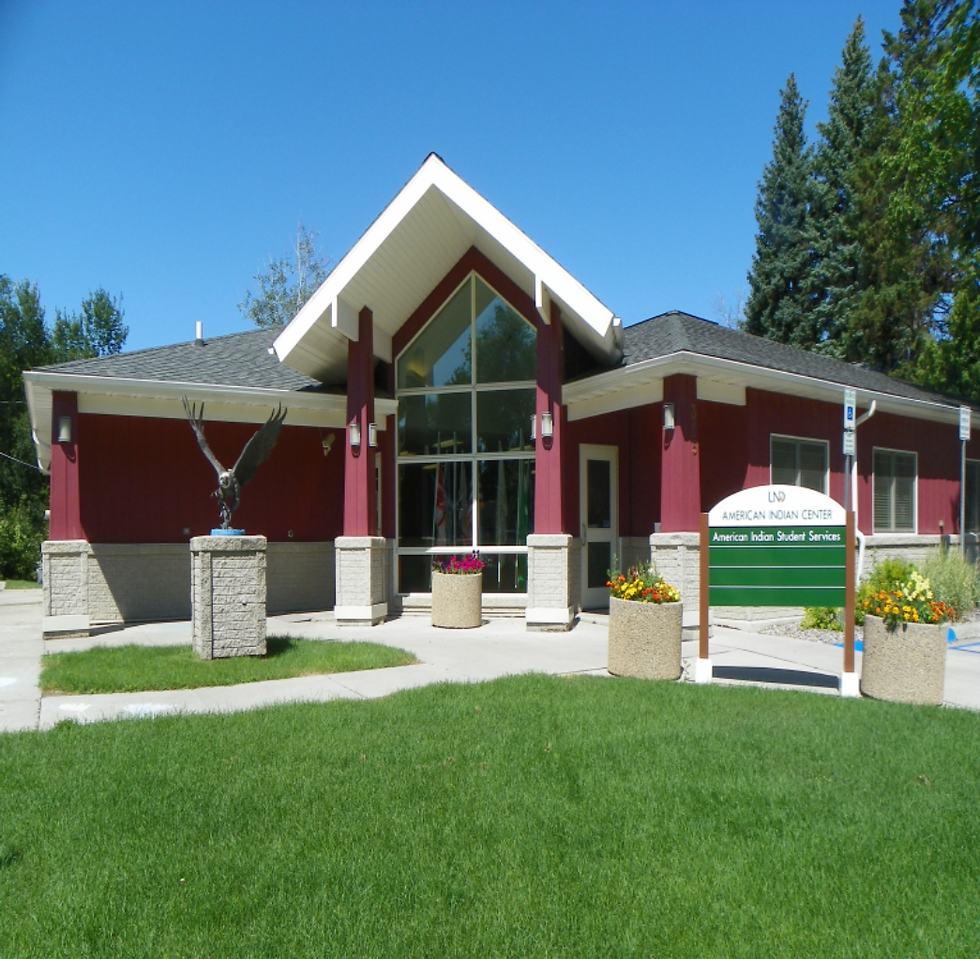Educational Pipeline: Leading a pathway for Student Success: My Story
- Erica (Azure) Gunville
- Nov 19, 2019
- 4 min read
Updated: Nov 22, 2019
What is an educational pipeline?
Educational pipelines are specific pathways in programs that can lead to academic student success. These pathways look different for each individual student. Educational programs are designed to assist students with; test preparation, academic coursework, academic social skills, career support, mentorship, guidance, and educational transitions from secondary to post-secondary education. Student success is the underpinning or the goal of the pipeline and pathway process. It is important to receive buy in from stake holders concerning education from; the federal government for funding purposes, administrators & teachers within educational settings, students and parents in the community, when creating pathways in pipeline programming for each individual student.
The thought that everyone will or should be successful in education sounds appealing. Yet, not every student will share in this success. Many environmental and emotional factors also play a role in molding the academic success of each individual student.
Research suggests that minority students perform better academically and evolve socially when they can identify and make intentional connections with other minority students and staff in pipeline programs that are specific to minority populations.
Why pipeline & pathway programs?
Significantly impacts student academic success.
Significantly influences student social success.
Creates minority communities.
Increases school recruitment & retention.
Successful transitions.
Grant funding program specific.
Cultural Identity.
Minority & Inclusion
Equity vs. Equality: Education?
Timeline of events in education:
FAPE (1973)
Educational right of all students in the United States of America.
No Child Left Behind (2002)
State assessment accountability and proficiency tests, and penalties.
Every Student Succeeds Act (2015)
Accountability at its best form: school accountability through evaluation including goal setting, alternative measures, subgroups, grant program funding, and school improvement planning.
Diversity defined: Disadvantaged, first generation, low income, minority, non-traditional student.
Inclusion defined: Included, sense of belonging, community, society, developmental.
Funding in education:
Accountability for funding, justifications for educational pipeline & pathway programming.
Pipeline & Pathway programming:
Partner with other organizations
Align with program mission & vision
Target minority populations
Evidenced based practices & strategies
Monitor & measure/track data
Be Innovative
My story…
My name is Erica (Azure) Gunville and I am a first generation college student, non-traditional student by age, and enrolled member of the Turtle Mountain Band of Chippewa Indians (TMBCI) and Assiniboine from Fort Peck Indian reservation.
Pipeline and pathway programming, assisted me in my educational journey as I transitioned from secondary to post-secondary, and from undergraduate to graduate studies in higher education.
I was a Tribal Community college (TMCC) student that participated in HCOP which was a Health Careers and Opportunities federal pipeline program that provided assistance with transition and created a pathway for students to continue their education at the University level.
Indians into Medicine program (INMED), Indians into Psychology program (INPSYDE), and the McNair program on campus, at University of North Dakota (UND) were pipeline programs that assisted me while obtaining my degree at UND.
The American Indian Student Services (AISS) provided me with a culturally conducive environment, the American Indian center on the UND campus.
It is important for me to say that the pipeline and pathway programs that I encountered, provided me with the guidance and support, I needed as well as a cultural conducive environment to help facilitate my academic learning, and social/emotional growing in an urban area.
(AISS)

Student Organizations:
University of North Dakota Indian Association (UNDIA)
Indian Studies Association (ISA)
Native Media Center
I graduated with B.A. in Psychology.
I applied to the UND Resident Teacher pipeline program and was accepted, that solidified my pathway to graduate studies in higher education. This was my first experience in a cohort model type learning. I worked as a full-time teacher, and took classes in the evenings, weekends, and the summer months, with a group of other teachers who were living on and off campus. Being a part of the resident teacher program provided me with academic support and resources, financial assistance, peer mentor-ship, advisement, and guidance.
I graduated with a M.S. in Special Education.
As I illustrated earlier, the resident teacher program paved a pathway for me personally that sparked my interest in continued learning at the graduate level so the next logical step was to gain a terminal degree. At the graduate level I continued to work within the cohort model, however, there was no pipeline support and the cohort this model differed from my Master’s level experience. This cohort was considered the “hybrid” model, made up of online coursework and on campus classes that were limited to two weekends per month. I continued in this style of learning for 3 years. I completed the coursework and comprehensive exams in the Educational Leadership program at UND. However, I did not Finnish the dissertation requirement. This is my second attempt at finishing the terminal degree.
I am currently enrolled in a new online Education Doctorate Degree (EDD) program at UND.
In conclusion, there is no pipline of support at this graduate level. I no longer have access to AISS on campus as it no longer has program stadd to assist students. I found that resilience was key as I am back for a second time around to finish this degree. I have created my own pipeline and pathway of support, made up of my colleagues, past mentors, leaders, and most importantly - my kids!
I am still on my educational path, making way for one more graduation and illustrating my student success.
(My Kids: L to R)
(Lyllee, Beaux, Jaxson)

(Importance of Cultural Identity in Education)
(Pipeline Programming at UND)



Comments